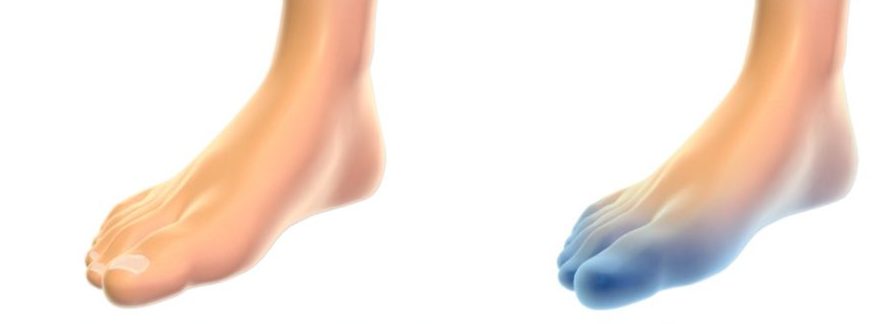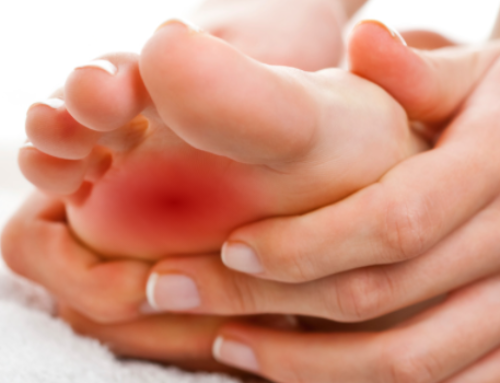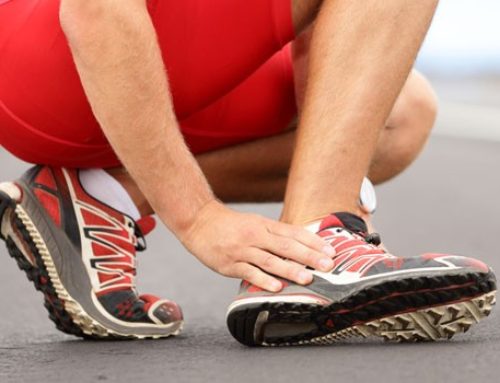
When tissue is exposed to freezing temperatures for long periods of time, frostbite can develop. Although it may seem counterintuitive, frostbite is considered a burn and causes similar damage to tissue layers. It can cause loss of feeling and can result in permanent, irreversible tissue damage.
In extreme temperature situations, the body’s goal is to maintain its core temperature and so it diverts blood away from the extremities to the central organs of the body. For this reason, we primarily see frostbite in the fingers and toes and it can happen within minutes during an extreme cold situation.
Body tissue actually freezes during a frostbite injury. Ice crystals in the cell cause cell death which results in tissue death. Frostbite can be superficial or full thickness and can in the most severe cases, result in amputation.
At the first signs of redness, or frostnip, it is important to seek shelter. Frostbite moves through phases. Early frost bite may present as itching, stinging or burning. The skin can appear white or gray. In the intermediate phase of frostbite, the skin may become hard, shiny or waxy. As the skin begins to thaw, blood or fluid filled blisters may form. In advanced frostbite, the skin is hard to touch and may look blue and eventually progress to black.
Seeking prompt medical attention is paramount if you believe that you may have frostbite. In the acute situation while attempting to obtain medical care, it is important to move indoors to a warm room and remove any wet clothing. While waiting for medical assistance begin rewarming the area by submerging it in warm water. Do not attempt to rewarm skin if there is a chance that the person may be re-exposed to the cold again. Leave blisters intact and cover with clean sterile dressings.
Preventing frostbite is much easier than treating frostbite. Appropriate outdoor wear is extremely important.
- Dress in loose layered clothing and wearing a water-repellent outer layer.
- Protect face hands and feet.
- Wool socks over cotton socks will keep the feet warm.
- Appropriate waterproof and insulated boots that are made to withstand freezing temperatures will protect your feet from the elements.
- Remove wet clothing as soon as possible.
- Check your fingers and toes every half hour for signs of frostbite, especially if you have pre-existing neuropathy or loss of feeling in your fingers or toes.
People who have diabetes, atherosclerosis, the elderly and the young can be particularly susceptible to injuries from the cold. Avoid alcohol, caffeine, nicotine and certain medications prior to being outdoors, as they can make one more susceptible to a frostbite injury.
If you or your friends have any questions or concerns, please call Quality Foot Care at 215-230-9707 for a comprehensive examination and expert treatment.




Leave A Comment